How to recognize astringency in wine and cleanse it off your palate
Astringency is rarely used by wine writers or winemakers to describe a wine. I did a little experiment using a Wine Spectator issue I had at home [1].
I selected randomly 150 wine reviews and counted the adjectives associated with astringent. Only once did I read "pleasant astringency." I looked at my counts and had found 23 words used at different frequencies. The picture below summarizes my findings.
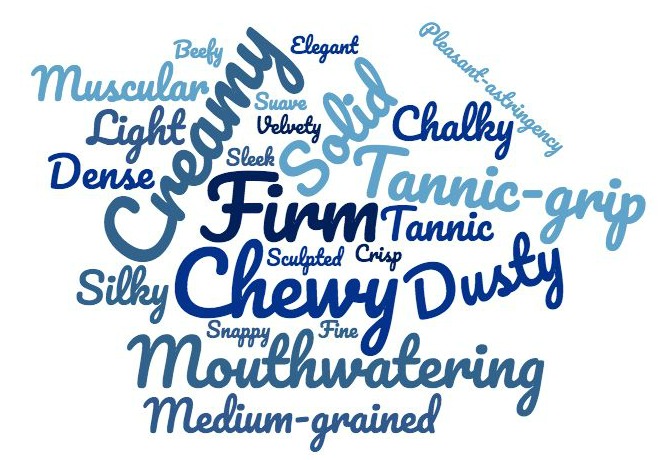 Astringency word cloud
Astringency word cloudThe words for astringency
As you can see in this word cloud, the words seem to describe different sensations.
- Creamy
- Firm
- chewy
- Dusty
- Muscular
- etc.
Why do I believe they describe wine astringency since they do not use this specific descriptor?
What is an astringent wine?
These words describe sensations attributed to the different intensity levels of astringency.
And, yes, astringency is a complex set of sensations . The sensory scientists, working with the American Society of Testing Materials, define astringency as a sensation "due to shrinking, drawing, or puckering of the epithelium as a result of exposure to substances such as alums or tannins".
What does it mean?
The adjectives I found in the wine reviews were all associated with "tannins." Therefore, I concluded that the writers were describing some astringent sensations in their mouths.

When a wine is very astringent, it can create some discomfort in your mouth. Your inner cheeks are shrinking, and it seems you can not salivate anymore.
You may experience these sensations in other products such as strong tea or green/unripe banana. On the other end of the astringent spectrum will be the light, velvety, and wines pleasant to drink.
The red wine mouthfeel wheel defines different seven sub-qualities of astringency [2].
- Particulate: Feelings of particulates when you move the wine around in your mouth, eg, chalky, grainy.
- Surface Smoothness: the feeling is smooth when the wine is in contact with your inner mouth skin, eg, silk, suede.
- Complex: sensations linked to how pleasing are the astringency and flavors.
- Drying: the inner mouth feels dry, not lubricated by lack of saliva in your mouth, eg, parching.
- Dynamic: the feelings in your mouth change by contact with the wine, e.g., chewy and pucker.
- Harsh: sensations linked to the pleasantness or discomfort elicited by the red wine mouthfeel, e.g., aggressive.
- Unripe: Describing the perceived maturity of tannins (e.g., green, resinous)
.
Why are some wine tannins "silky" and others "chewy"?
Tannins are compounds extracted from the grape skins during winemaking. Some grape varieties are more abundant in tannins, such as the red grapes. Tannins are polyphenols. Some polyphenols like resveratrol may have some health benefits. Other polyphenols contribute to the red color of the grape skin.
Wines made with Malbec, and Tannat grape varieties are the most tannic wines I have ever tasted.
Traditionally, winemakers use these varieties as blending juice to add structure that other varieties like Merlot may lack.
In 2017, a team of Uruguayan researchers characterized the astringent characteristics of Tannat Wines [3].
The three key astringent attributes of Tannat wines were dry, rough, and mouthcoating. However, additional sub-qualities were noticed, depending on the strength of the sensations.
- Low intensity: velvety, silky and suede
- High intensity: hard, harsh and aggressive
Read more about Astringency in Tannat Wines
Is an astringent wine a lousy wine?
Not at all.
Looking back at the wine reviews, when the tannins are solid, muscular, or firm, the writers suggested keeping the wines in the cellar for several years. Indeed, during the aging process, the tannins are oxidized and lose their astringent properties.
How can you recognize astringency in wine?
It's tricky because these sensations develop over time, often after you swallow your first sip of wine or several sips. It will start slowly by drying your tongue, your gums, then your cheeks, and eventually, your whole mouth will feel dry.
Besides, the more you drink an astringent wine, the more it will feel astringent in your mouth. The sensation builds up, as my friend Ann Noble was able to demonstrate . Check out this figure.
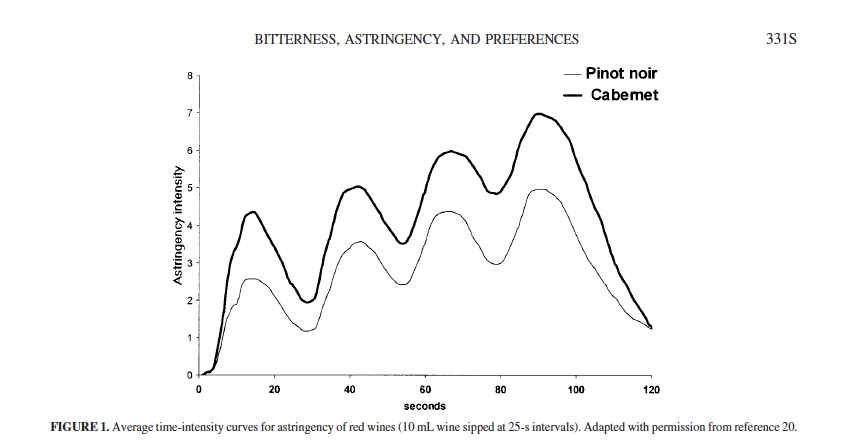 From Lesschaeve and Noble 2005 [4]
From Lesschaeve and Noble 2005 [4]After each sip, the level of astringency people perceived in their mouth increased and stayed high.
If you do not know what is astringency, taste a reference.
Here is a recipe to prepare a reference to experience this sensation, an alum water solution (dissolve 5 g of alum in tasteless water.)
When drinking a very astringent wine, your saliva glands will not produce enough saliva to get rid of the sensation.
Except if you are a "high saliva flow person." I do not mean to shock you; we produce saliva in our mouth for several reasons, including lubricating the mouth.
As I have mentioned several times on this site, we can experience wine differently because our body works differently. Some people produce a high flow of saliva, and others can not. The former will perceive the astringency later than the latter.
Although it is still a hypothesis, wine tannins would trigger astringency by precipitating the proteins in your saliva. It will become less viscous.
The more the tannins extracted in the wine, the more intense the astringency. However, it seems more complicated than that simple description.
Dry, Pucker, and Rough
In 2020, a team of Australian chemists ventured to use a new technology called Tribology, to develop an instrumental measurement of astringency [5].
The primary motivation was that it was complicated to gain alignment among tasters on astringency's nuances. Tribology measures the friction between surfaces in motion in this particular case.
They measured the resistance between model wines containing different concentrations of tannins and tartaric acid, and human saliva, to replicate what might happen in the mouth.
The same model wines were tasted in pairs by a trained sensory panel who had to determine which win was either drier, rougher, or more puckery in the mouth.
Comparing the tasters' data and the tribology data, the chemists concluded that Dry and Pucker were independent sub-qualities of astringent wines, whereas Rough was not.
The more interesting fact for winemakers is that Dryness was associated with a high concentration of tannins and Puckery with a low pH, and therefore more acidic wines.
This information may help winemakers monitor the style of wines they want to produce.
The best palate cleansers to remove the feeling of astringency
The saliva will wash off the astringent sensation initially; however, eventually, it will not be enough, especially after sipping several times on a very astringent wine.
How can you clean your palate during wine tasting? Water will be ineffective in restoring a lubricated mouth.
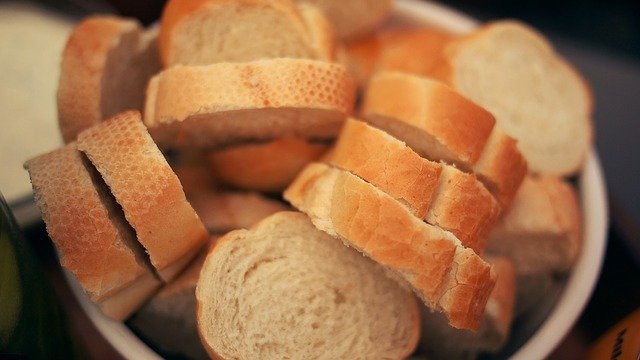 Bread
Bread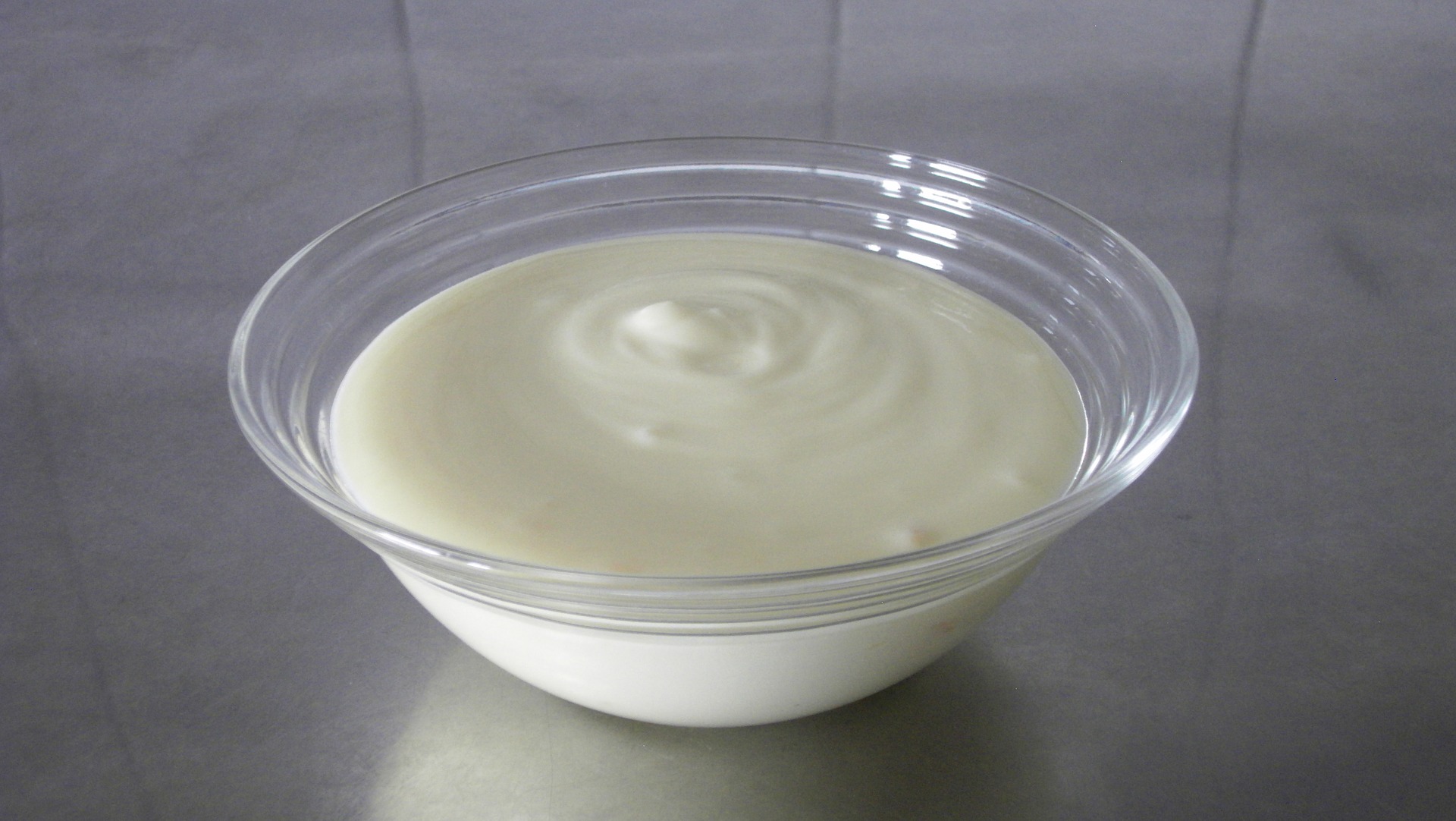 Unsweetened yogurt
Unsweetened yogurt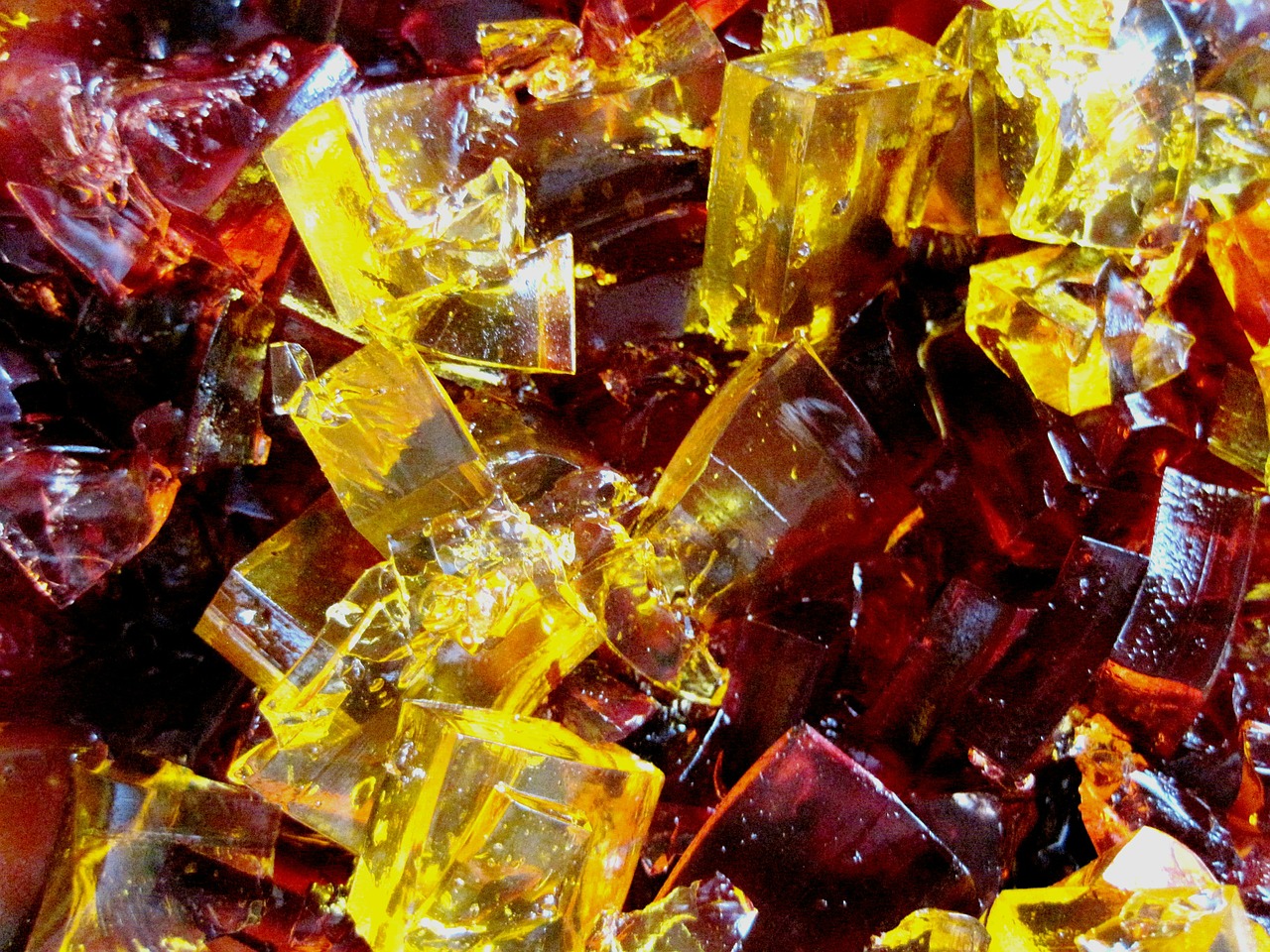 Gelatin
Gelatin1- Bread: If you can find fresh baguettes, I found the crumbs (not the crust, the white part). It will help you salivate and restore your mouth.
2- Yogurt: Plain greek yogurt works quite well because it is thick and watery at the same time. It will coat your mouth and hydrate it at the same time. Caution: Rinse your mouth with water to remove any yogurt taste or flavor.
3- Pectin: For the scientists among you, prepare a solution of pectin. It's a natural fruit ingredient that we use to thicken fruit jams. You can also use unflavored gelatin.
My friend Susan made me aware of another palate cleanser for astringent wines, tree-ripened olives (eg Gerber.) I have never tried them, but will experiment.
I love reading your comments and suggestions
Submit them
using this link
References
[1] Wine Spectator. September 2017
[2] Sensory characterization of the astringency of commercial Uruguayan Tannat wines
[3] A 'Mouth-feel Wheel': terminology for communicating the mouth-feel characteristics of red wine
[4] Lesschaeve I. and Noble AC (2005) Polyphenols: Factors Influencing their Sensory Properties and their Effect on Food / Beverage Preference. American Journal of Clinical Nutrition, 81 (Supplement) 330S-335S.
[5] Shaoyang Wang, Sandra M. Olarte Mantilla, Paul A. Smith, Jason R. Stokes, Heather E. Smyth. Astringency sub-qualities drying and pucker are driven by tannin and pH - Insights from sensory and tribology of a model wine system, Food Hydrocolloids, Volume 109, 2020, 106109, ISSN 0268-005X.
Published January 24, 2019
Revised July 19, 2020
Home > Wine Mouthfeel > Astringency
